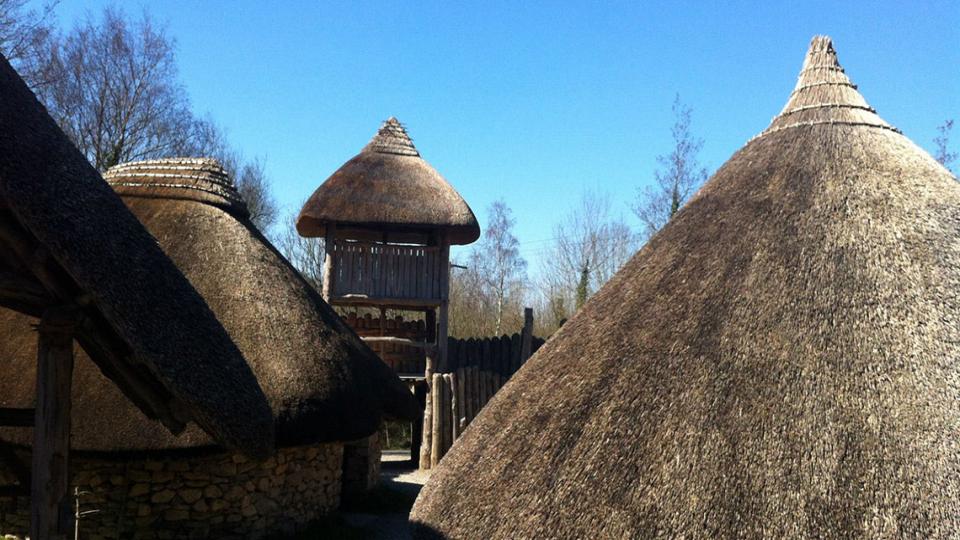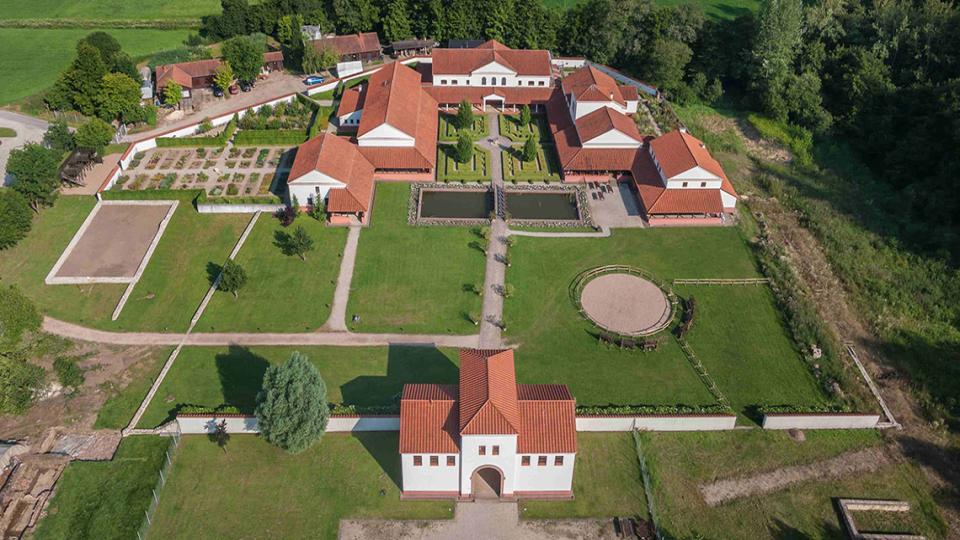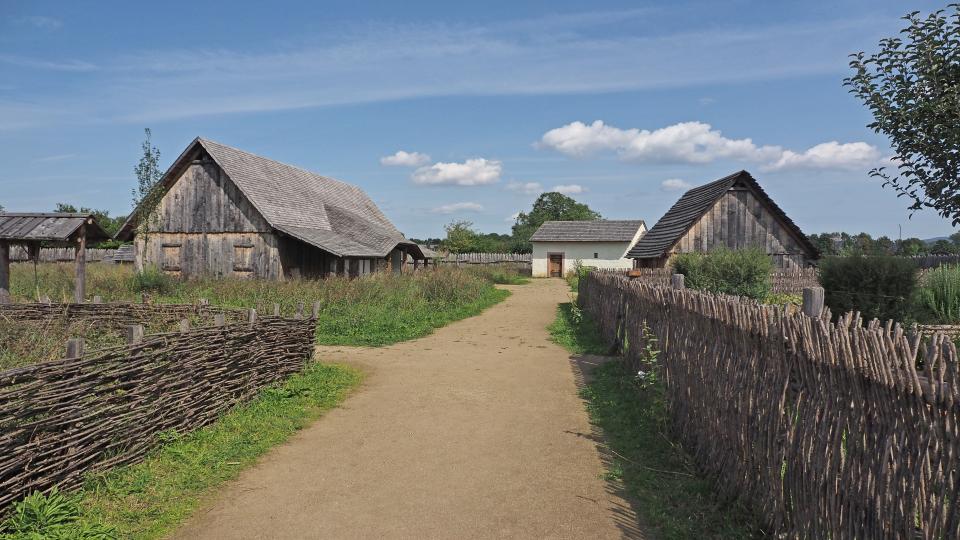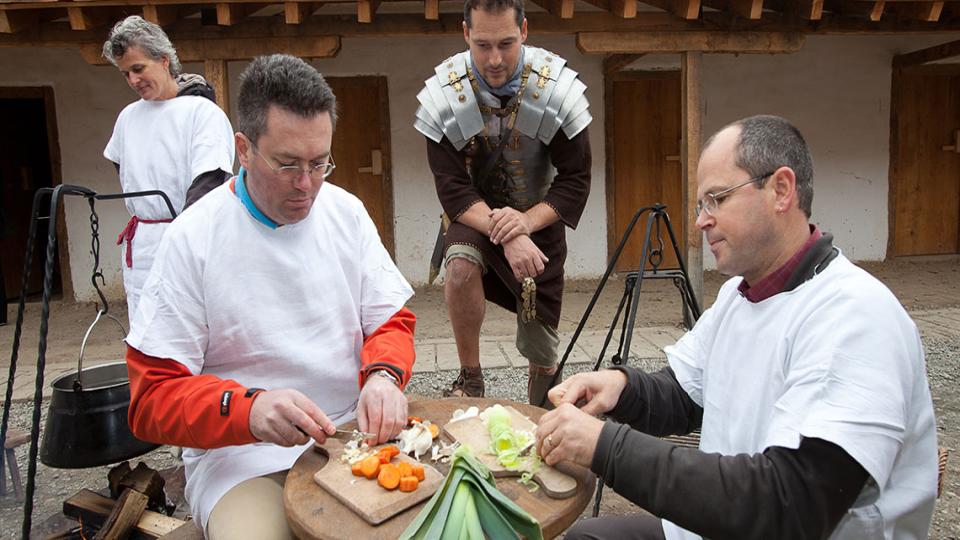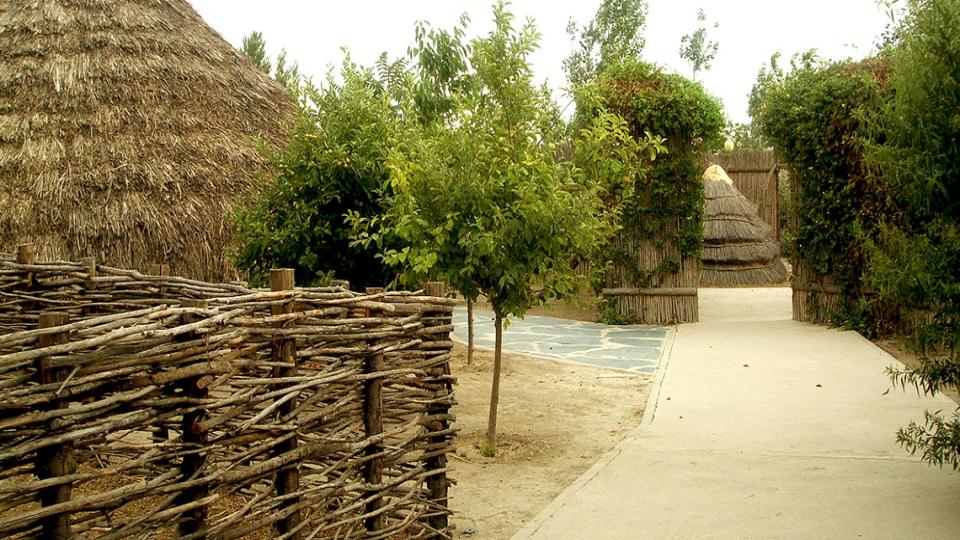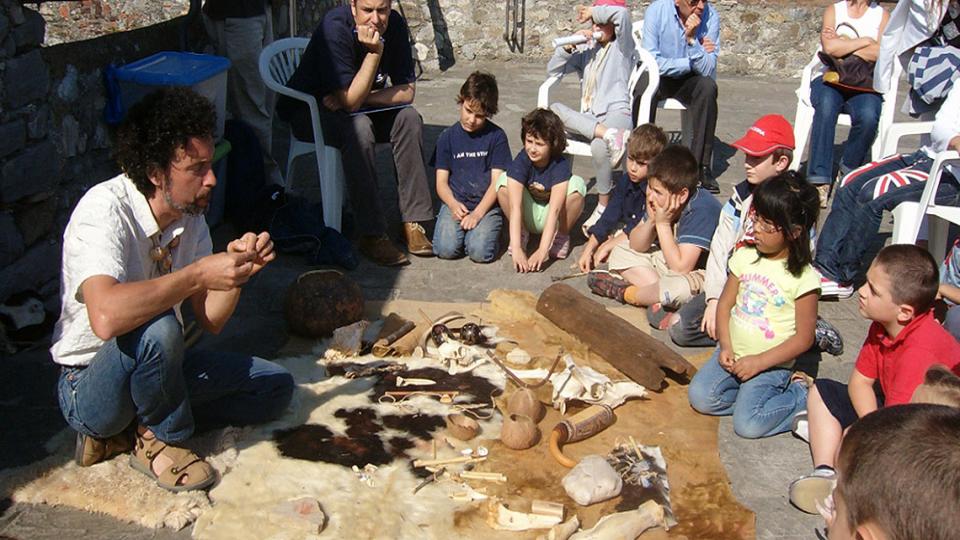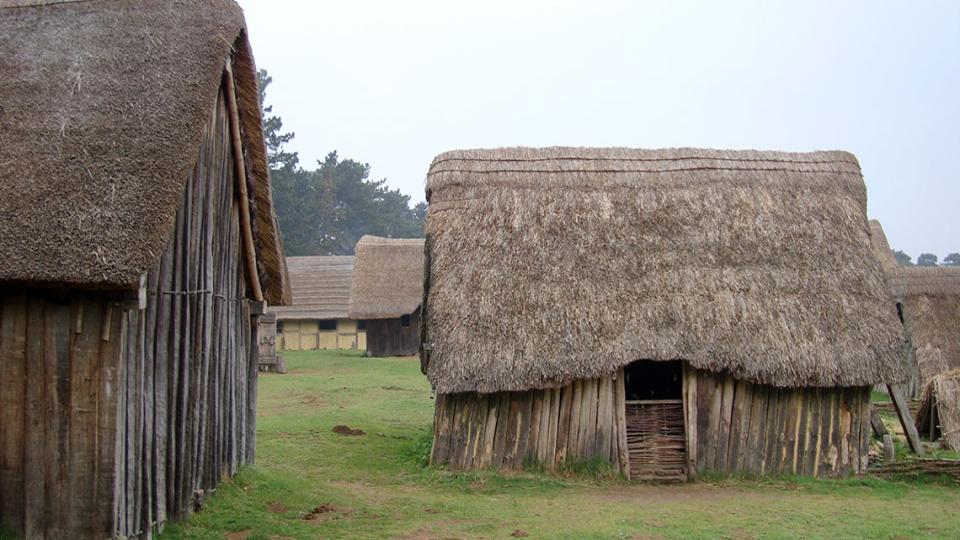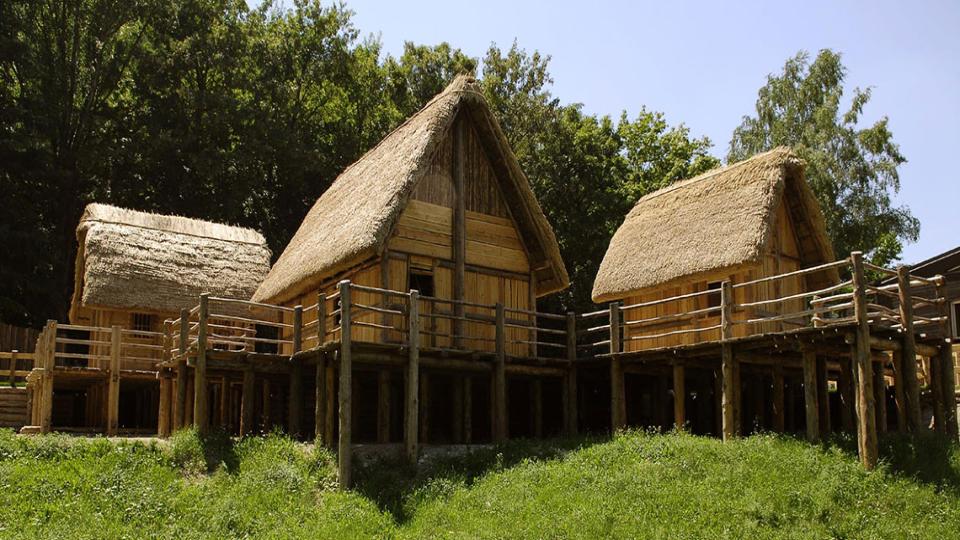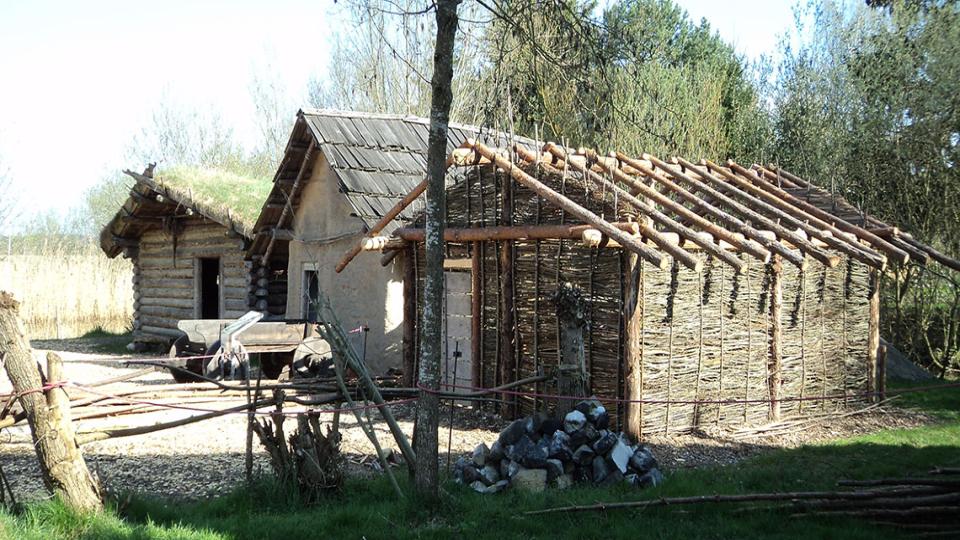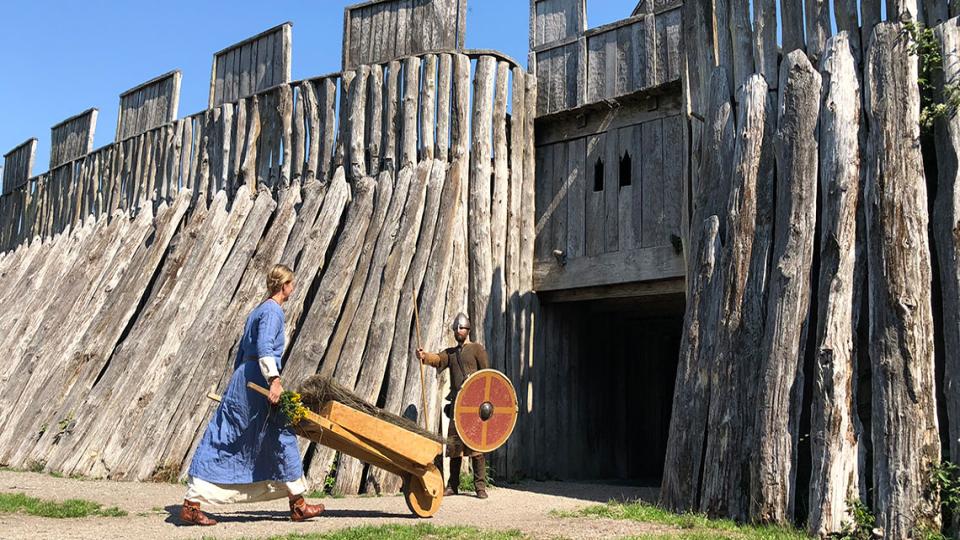25,000-75,000
Irish National Heritage Park (INHP) (IE)
Near the town of Wexford at Ferrycarig, the 35 acres large Irish National Heritage Park (Pairc Naisiunta Oidhreacht na hEireann) depicts several periods and sites, important to Irish Past, going back a total of 9,000 years.
Römische Villa Borg (DE)
A long known archaeological site, that of one of the largest Roman Villa rustica sites in the Saar-Moselle area, was time and time again being damaged by illegal looting excavations. That is why in 1986, official excavations started, supported by the Landkreis Merzig-Wadern.
Lorsch Abbey (DE)
The Lauresham Open-Air Laboratory is an essential part of the new presentation of the World Heritage Site Lorsch Abbey. The conception in its entirety is including the World Heritage Site itself (with its historical remains), a large depository of sculptural fragments from the Roman Era to the 16th century which is opened for visitors on demand, the “Museumszentrum” existing since 1995, which is meant to induct our visitors into the rich heritage of Lorsch Abbey in the fields of spiritual and academic life represented by a large library nowadays scattered all over the world. The Open Air Laboratory is a department or, in a way, an exhibit within this museum conception overlapping all aspects of monastic life in the Early Middle Ages.
Legionärspfad (CH)
The Legionary Trail is a Roman archaeological park in Windisch/Brugg, (nearby Zurich), in the canton of Argovia. It stands on the historical site of the only Roman army camp ever established in Switzerland. Visitors discover ten archaeological sites and accurately reconstructed Roman military barracks from the 1st century AD. Originally, the camp spread out over some 20 hectares. The barracks were first built out of timber and clay by the soldiers of the 13th legion. Over the years, a civilian settlement developed outside the legionary camp, which grew to around 45 hectares and probably accommodated some 10,000 inhabitants.
Arqueopinto (ES)
Arqueopinto is an area of two hectares of land located south of the city of Madrid. It is municipally owned and managed by the Paleorama Company. Visitors come from all over Spain, though mainly from the central area. It has a clear school and family vocation although there are also courses for adults on prehistoric technology (ceramic, lithic knapping, basketry, etc.).
Museo Archeologico Castello San Giorgio (IT)
The Museo Archeologico is hosted in the Castle of San Giorgio, the monument which best represents the historical vicissitudes of La Spezia. The lower floor of the castle houses exhibits pertaining to the life of the territory from the Pleistocene age up to Romanisation.
West Stow Anglo-Saxon Village (UK)
An Anglo-Saxon cemetery was discovered close to the site in 1847 as a result of gravel extraction, and since then a number of antiquarians have investigated and treasure-hunted small parts of the hill on which the settlement is situated. The site was destined to become a rubbish tip for Bury St. Edmunds and aggregates were also still being extracted, so the Ministry of Works agreed to fund the excavations, the bulk of which took place between 1965 and 1972 by Stanley West.
Museo delle Palafitte del Lago di Ledro (IT)
"Life like it was 4.000 years ago". The Museo delle palafitte del lago di Ledro, dating to 1960, is one of the territorial branches of the Natural Science Museum of Trento, under direction of Dott. Michele Lanzinger. The Museum presents the prehistory from Eneolithic till middle Bronze Age based on own excavations on site. It has an indoor exposition, a park with 4 reconstructed houses and the Ledrolab for education purposes.
Federseemuseum (DE)
Federsee is situated about 100 kilometres south of Stuttgart and 60 kilometres north of Lake Constance. This small lake is the remains of a large basin which slowly turned into land over the past 14,000 years. The peat area covers about 33 square kilometres. The village Bad Buchau has for a long while been a spa.
Viking Museum Trelleborgen (SE)
In 1988, an archaeological find was discovered which added a chapter to the history of the city of Trelleborg. At the highest point of the city, one found traces of a ring wall dating back to the Viking Age.

